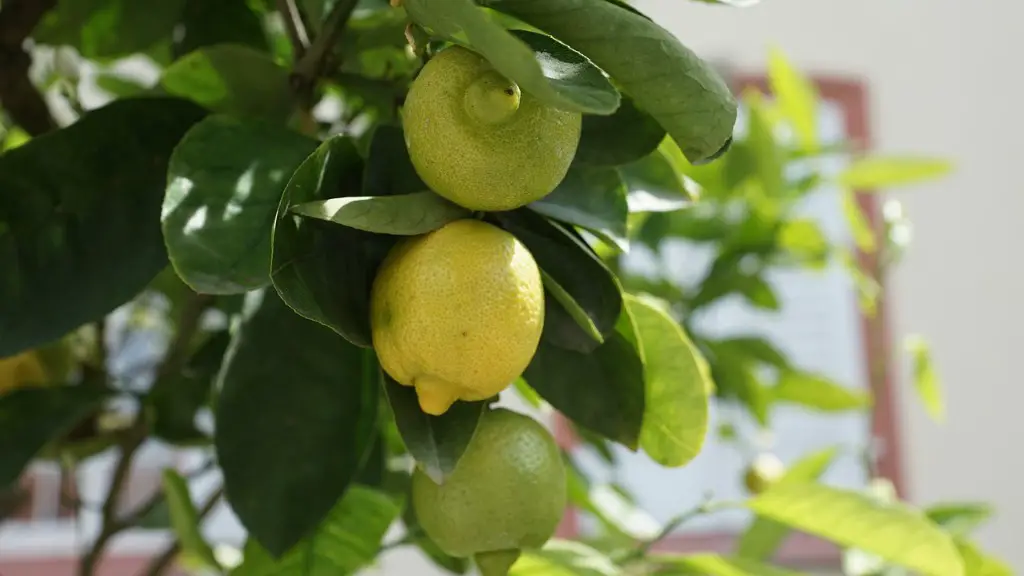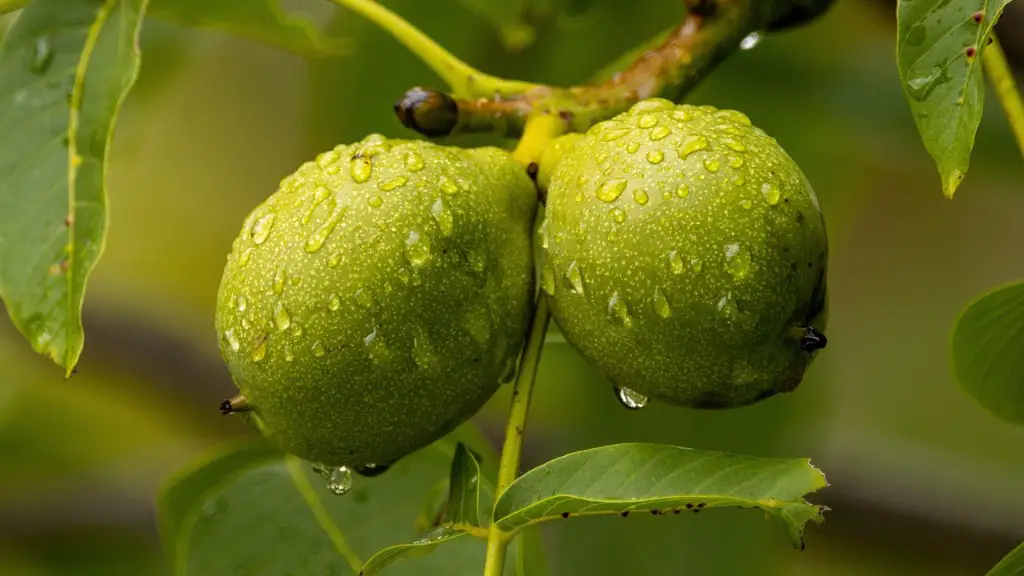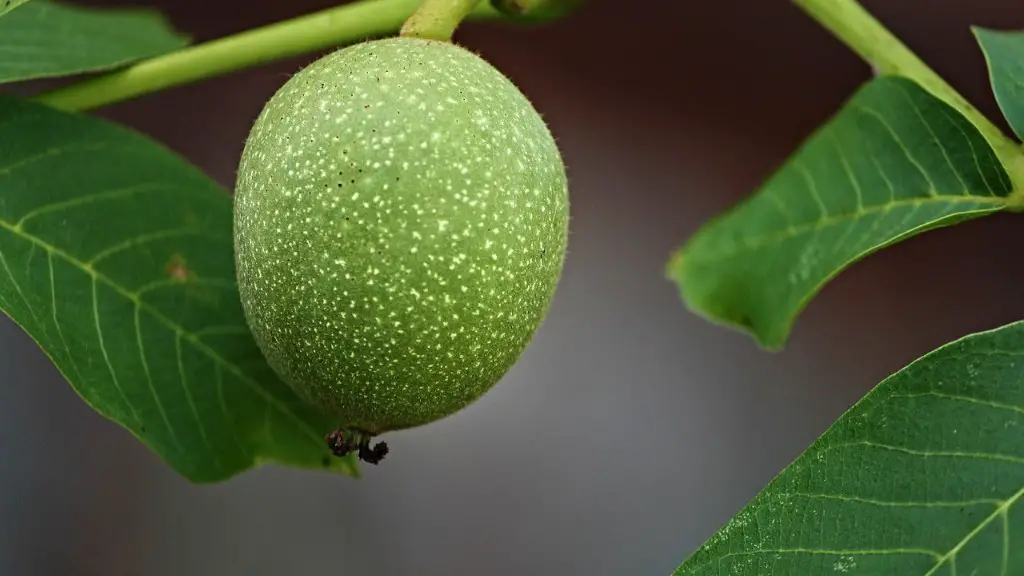Growing a lemon tree in New Mexico is possible, but requires careful preparation. To ensure a successful outcome, gardeners must recognize the lemon tree’s environment and its needs. First, the soil must be amended with organic matter, as New Mexico’s soil is usually too high in pH. Lemon trees also need some room to grow, as they can reach heights of 20 to 30 feet and widths of 12 to 15 feet when fully mature. Planting in full sun will also improve growth and allow for the best fruit set. You must water the tree regularly, ensuring that the soil does not dry out completely, and make sure to fertilize it at least twice a year.
Unfortunately, growing lemon trees in New Mexico presents some challenges. One of the most difficult problems is the cold winter temperatures, which can damage or even kill young or tender trees. To prevent this, it is recommended that the tree be planted in a sheltered location or with a micro climate in mind. Additionally, while wind protection is necessary during the summer, the winter wind should be allowed to pass through the tree to prevent breakage of branches and other damage due to freeze-thaw cycles.
Additionally, lemon trees are fairly susceptible to pest infestations, and in New Mexico, they may even be attacked by nematodes. To combat these problems, make sure to inspect the tree regularly and prune away any damaged or dead branches. If there are large numbers of pests, use horticultural oil or insecticidal soap to keep them under control. Finally, a healthy lemon tree will need pruning to maintain its shape and size.
Fruit Production
Fruit production can be a challenge for New Mexico lemon trees, as temperatures that are too cold can cause fruit drop and prevent pollination. To help the tree perform better, choose a location with mild winters, or build a cold frame or other enclosure to provide temperature protection. You can also use a row cover or frost cloth around individual plants to provide even more protection. Additionally, make sure to provide adequate pollination, as this can be critical for getting the best fruit set.
In addition to cold temperatures, erratic rain events and high winds can reduce fruit production. Keep an eye out for signs of drought stress, such as wilting, yellowing, or slower growth, and provide adequate water during dry spells. Wind protection can also be important, so consider installing a windbreak or shelter belt around the tree. Also, regular pruning will open up the tree to more sunlight and air circulation, which can improve overall fostering.
Finally, as with any other citrus tree, adequate fertilization is essential for good fruit production. Use a citrus fertilizer with a fertilizer analysis of 8:1:8 (NPK) and apply it throughout the growing season in the amount recommended on the package. This will help ensure the trees have the nutrients they need to produce good fruits.
Picking and Storing the Fruit
When picking the fruit, be sure to wear gloves and use a ladder to reach higher branches. Ripe fruit will usually have a bright yellow color and feel slightly soft and waxy to the touch. Lemons can be left on the tree until needed, but any fruits that are damaged or diseased should be picked and discarded. When the fruit is ready to be harvested, gently twist it off the stem.
Unripe lemons can be stored for several weeks in a cool and dry location. Ripe fruit, however, should be used as soon as possible. If there are too many ripe lemons to eat at once, store them in the refrigerator for up to one week or consider freezing them for longer storage. The juice and zest can also be frozen for later use.
Controlling Disease and Pests
Citrus can be affected by a variety of pests, including leaf miners, mites, and nematodes. To manage these, inspect the tree regularly and prune away any damaged or dead branches to reduce the number of hosts. Pesticides can also be used to control pests, but as with all chemicals, it is important to follow the instructions on the label.
Citrus trees can also be affected by a wide range of fungal and bacterial diseases, so make sure to monitor the tree carefully. Healthy trees are more likely to resist disease, so keep the tree well nourished and prune away any dead or diseased branches as soon as possible. If a disease does take hold, it can often be treated with a fungicide or bactericide, but again, always follow the instructions on the label.
Winter Care
In the winter, try to provide some protection for the lemon tree against cold temperatures. Planting it in a sheltered location or constructing a wind turbines or fence around it can help. Additionally, keep an eye out for signs of drought stress, and make sure to water the tree regularly throughout the winter. You can also use a row cover or frost cloth around individual plants to provide additional protection.
Finally, make sure to fertilize the tree at least once every other month during the winter, as this will help it stay healthy and vigorous. Fertilizers with 8:1:8 (NPK) analysis are ideal for fruit production, but any fertilizer specifically designed for citrus trees will do.
Heating and Cooling Strategies
In some cases, you may need to provide additional protection against either heat or cold to get the best results. For warm weather, try to plant in a location that gets some shade during the day to help keep the soil and roots cool. If you need extra heat protection, consider constructing an enclosure or windbreak around the tree to help trap warm air. Additionally, you can also use frost cloth or row covers to block too-cold air from reaching the tree.
Another option is to use a small fan to create air flow around the tree. This can help prevent temperatures from getting too hot or too cold and can help keep the tree healthy. Additionally, be sure to mulch the tree to retain moisture and help keep the roots cool in the summer.
Finally, if the lemon tree is growing in a container, be sure to move it indoors during cold weather. Cold temperatures can damage or even kill young or tender trees, so making a move indoors will help protect them. Just remember to bring them back outdoors as soon as the cold passes.



